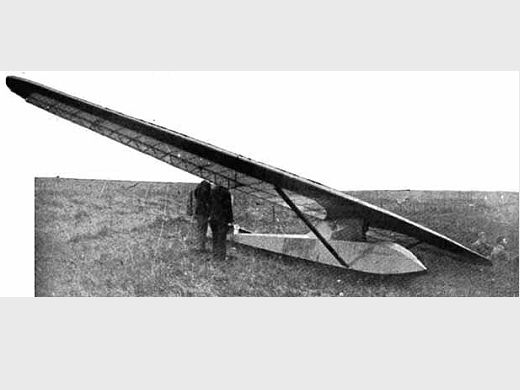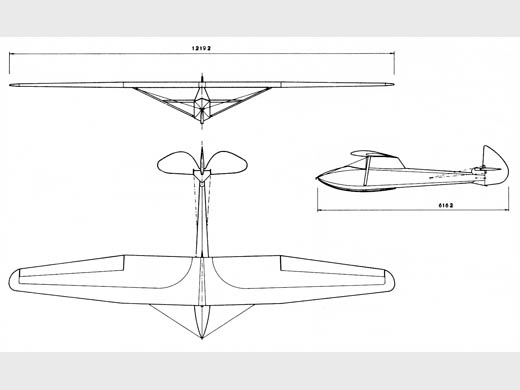
Manuel Crested Wren
| DONNÉES GÉNÉRALES |
| Année du premier vol (ou de design, si seul projet) |
1931 |
| Pays | Angleterre |
| Designer(s) | MANUEL, Williams L. (Bill) |
| Premier constructeur | |
| Type d'appareil | Planeur |
| Fonction | Entraînement |
| SPÉCIFICATIONS TECHNIQUES |
| Envergure | 12.19 m |
| Longueur | 6.16 m |
| Hauteur | -- |
| Allongement | 12 |
| Surface alaire | 13.94 m2 |
| Profil aile | Göttingen 549, symétrique au saumon. |
| Masse à vide | 97.5 kg |
| Masse maxi | 165.5 kg |
| Charge alaire | 11.87 kg/m2 |
| Vitesse mini | -- |
| Vitesse maxi | -- |
| Finesse maxi | 18 |
| Taux de chute mini | 0.85 m/s à 48.2 km/h |
| Nb sièges | 1 |
| Structure | Bois et toile |
AUTRES INFORMATIONS
| Constructeur(s) |
| ||||||
| Infos techniques | Pas de vrillage aux ailes. | ||||||
| Histoire résumée | Premier vol à Hawkinge en juillet 1931. Le planeur était peint en rouge. Il obtint son c/n BGA-178 en septembre 1934. The first of the series, the Crested Wren, was flown by its designer-builder, Corporal W. L. Manuel in 1931. It was cheap and easy to build and quickly proved itself to be fully controllable and capable of soaring quite well. Its performance was probably comparable with that of the Grunau Baby 1, which appeared in the same year, but the Wren was smaller and easier to build. The wooden structure followed standard practice, but Manuel devised a simple mass-production method of producing wing ribs without the usual elaborate jigs. Plywood blanks were cut and shaped together in a block, like model aeroplane wing ribs, and then the ply webs were edged with thin spruce capping strips. The ailerons were extensively cross-braced to improve their stiffness, but they were not differentially geared and no wing washout was used. The fuselage had a tall pylon to carry the wing above the pilot's head. The view upwards was very restricted, especially since the slight sweepback of the wing brought the leading edge at the root further forward than strictly necessary. The sweepback was hardly enough to improve longitudinal stability and the Wrens, with their all-moving tails, were very unstable and without any means of trimming. The control cables to the tail were external for much of their length, and a single bracing wire ran from the open bungee hook fitting on the rather pointed nose to the wing strut fitting on the wing. These wires were always slack in flight and were often removed altogether. | ||||||
| Liens personnalités | MANUEL, Williams L. (Angleterre) | ||||||
| Remarques | Wren = roitelet (fam. : donzelle) |
SOURCES DOCUMENTAIRES
| Liens WEB | Site : UIUC Applied Aerodynamics Group's . Göttingen 549 airfoil. (2009-12-09) Site : UIUC Applied Aerodynamics Group's . Göttingen 549 fichier DAT. (2009-12-09) Site : Scale Soaring UK : The Wren serie . Article + 2 photos + plan 3 vues + specs. (2010-01-19 CL) |
| Livres | British Gliders and Sailplanes 1922-1970 par ELLISON, Norman (1971) [p. 143. Note + specs + plan 3 vues]. Sailplanes 1920-1945 par SIMONS, Martin (2001) [p. 165. Note + specs + plan 3 vues]. |
| Autres sources | Martin Simons documents the Wren series, QFI n° 11, avril 1995 The Sailplane, 1 mars 1932 The Sailplane, 15 mars 1932 |

Team J2mcL © 2003 -
- Pages optimisées pour Mozilla Firefox

